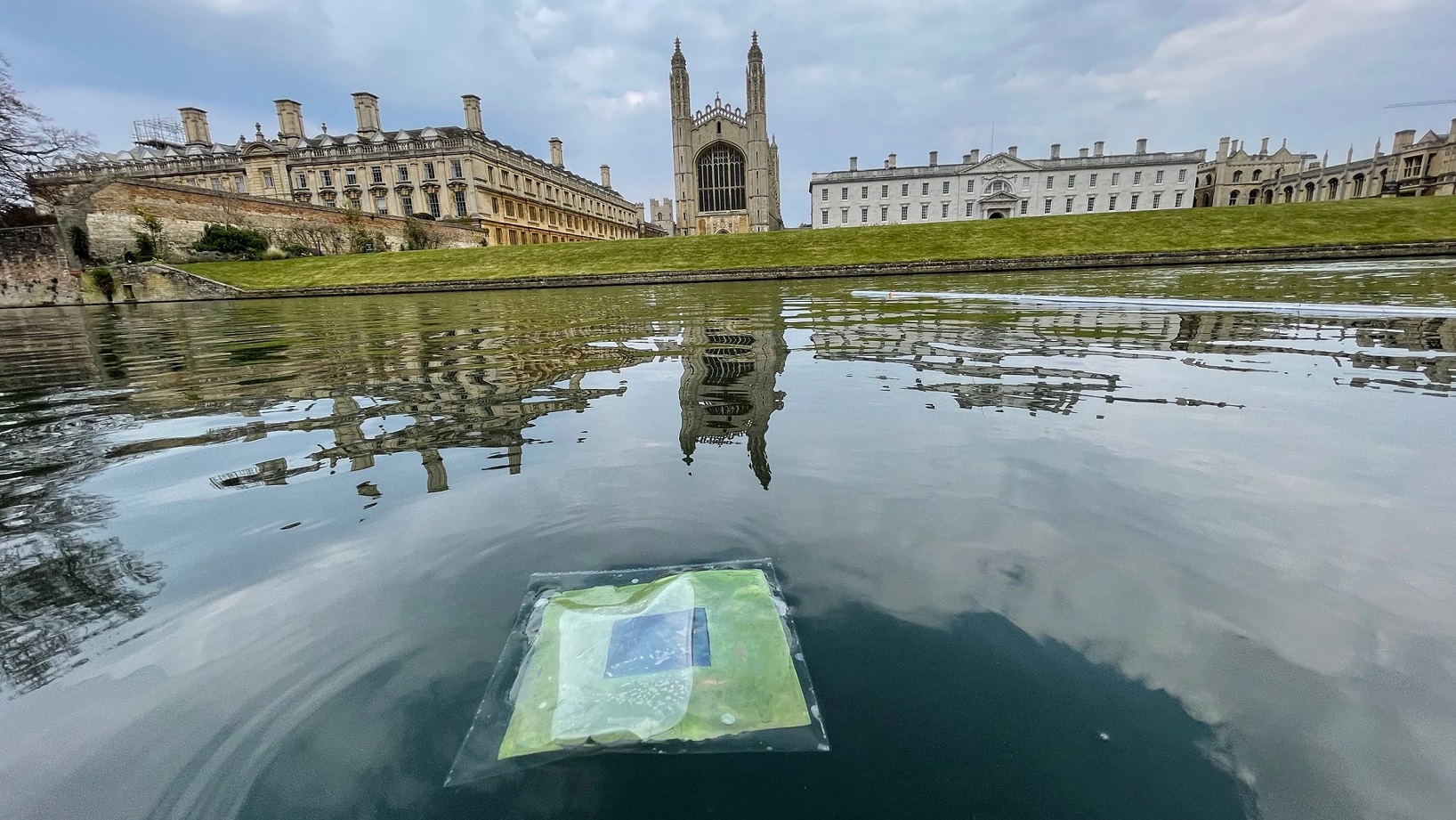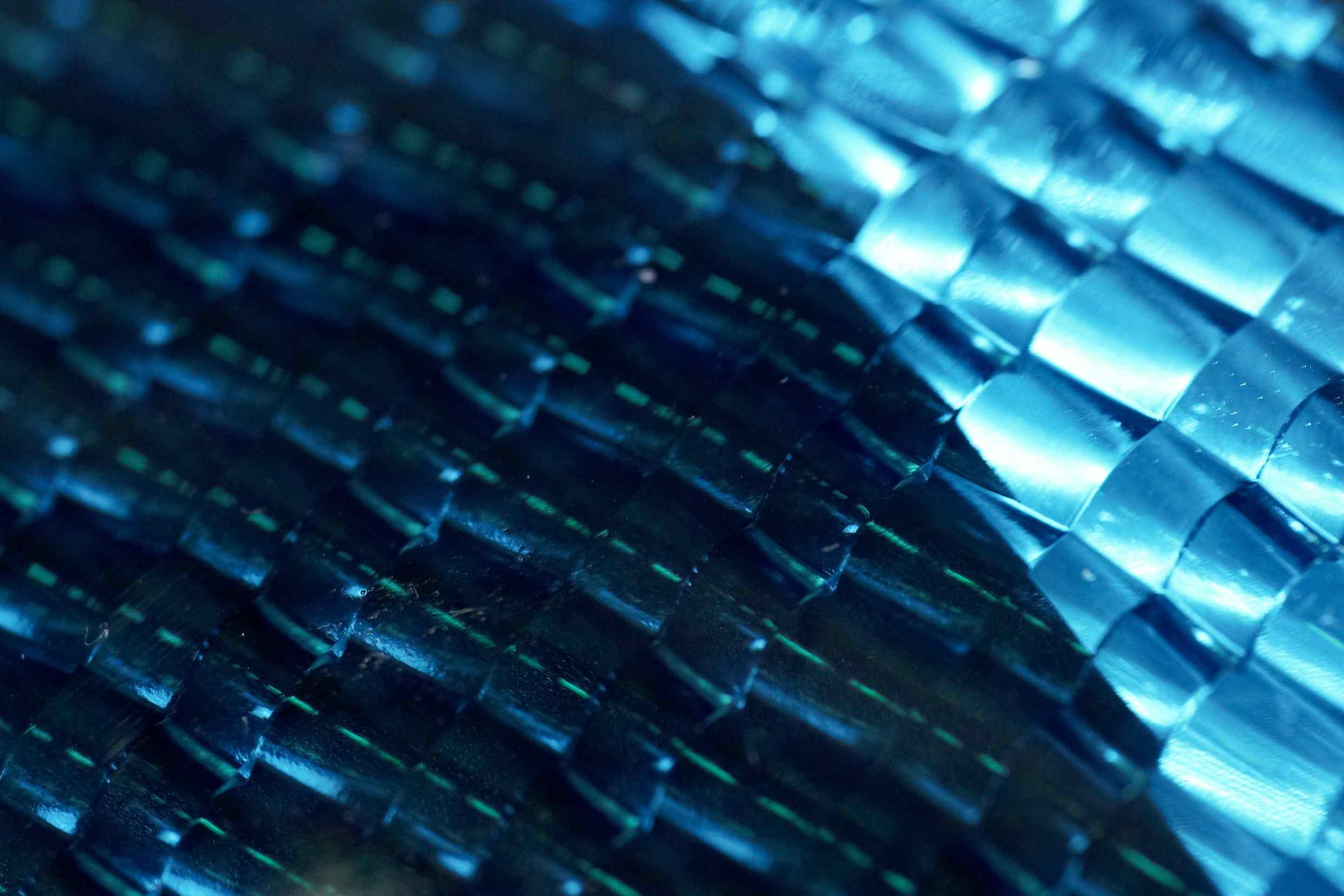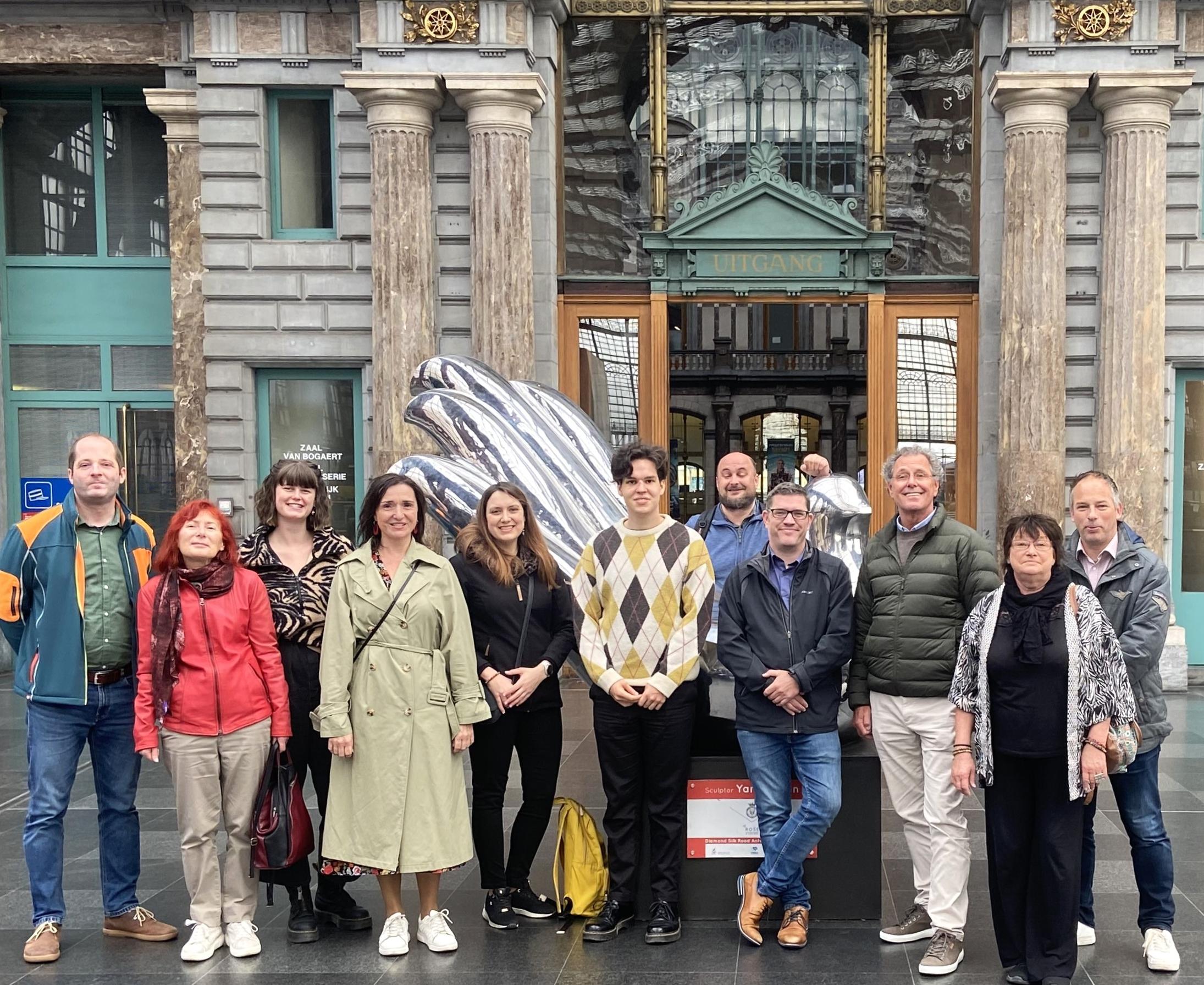A research group at the University of Cambridge in the UK has been working on producing artificial leaves for years. Inspired by the process of photosynthesis, the team led by Austrian chemist Erwin Reisner wondered whether a similar process could be set up artificially. While natural leaves convert sunlight, water and CO2 into sugar and oxygen, artificial leaves should produce renewable energy. The first prototype was presented in 2019.
The latest development in artificial leaves is a minor sensation: until now, the "artificial leaf" could only be used in pure water. Now it floats on water using a nanostructured carbon net, which keeps dirt away from the photocatalyst. The net absorbs light, heats up and produces clean water vapour. The photocatalyst can break down the water vapour into hydrogen and oxygen using UV light. Some of the water vapour can also be recovered as clean water.
British Prime Minister Rishi Sunak was not alone in naming the latest achievement of the Cambridge researchers in a recent speech. Reisner's group also received the Hughes Medal from the Royal Society and the International Union for Pure and Applied Chemistry (IUPAC) placed the technology in the top ten emerging technologies in chemistry over the past year.
Video: Artificial Photosynthesis hotosynthesis (in LEGO, Reisner Lab)




